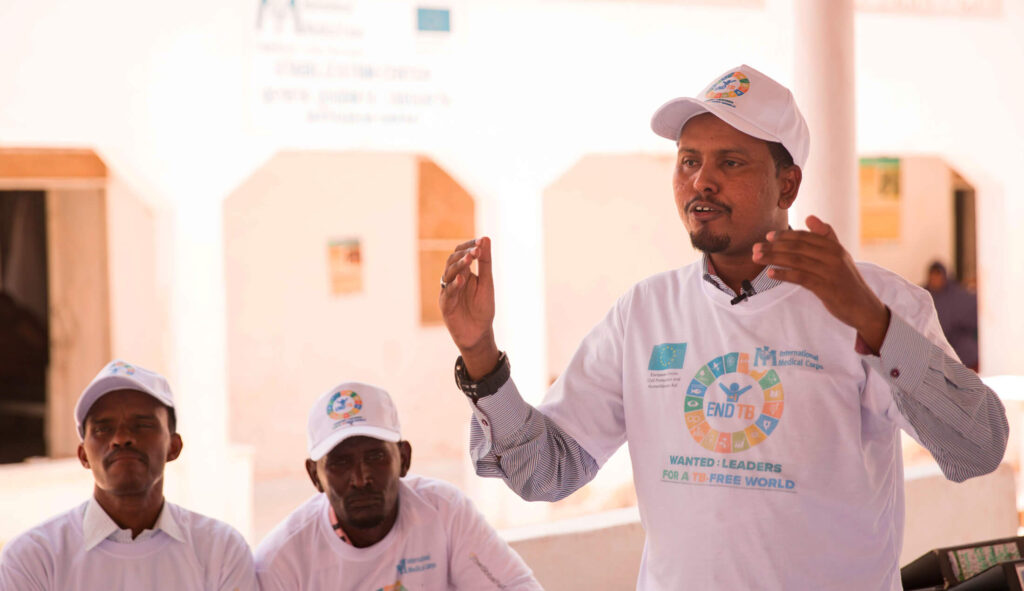Tuberculosis—also referred to as TB—is a bacterial infection that can cause serious illness or even death if left untreated.
Tuberculosis is a highly contagious disease with a variety of symptoms.
There are two types of TB, based on the sites of infection: pulmonary TB, which infects the lungs, and extra pulmonary (meaning outside the lungs) TB, which can infect organs such as the brain, spine, kidneys, abdomen and other parts of the body.
TB is most commonly spread from person to person through the air, which can lead to an infection in the lungs where the TB bacteria are actively multiplying, and the person is contagious. Common symptoms of active TB in the lungs include a persistent cough lasting for more than three weeks, a cough that produces mucus or blood, chest pain, shortness of breath, fatigue and weight loss.
Symptoms of TB in other parts of the body include fever, night sweats, loss of appetite, swollen lymph nodes, pain in the affected area (such as back or joint pain) and, if TB affects the kidneys or intestines, blood in the urine or stool.
However, a TB infection can also be latent—meaning that the infected person has no symptoms and cannot spread the disease. People with latent TB can develop active TB if they don’t get treatment.
Tuberculosis is a killer—but it can also be prevented and cured.
By the beginning of the 1800s, tuberculosis—or “consumption,” as it was called at the time—had killed one in seven of all people who had ever lived.
In the late 1800s, Robert Koch discovered that the disease was caused by bacteria, and that it was both highly contagious and somewhat preventable.
In the 1900s, TB in the US was largely eradicated through improved public health measures, including better access to clean water, better sanitation, improved nutrition, better living conditions and public health campaigns to provide education on TB prevention and treatment.
After new antibiotic treatments were developed in the mid-1940s, TB in the United States began to decline. Compared with other countries, the chance of infection in the US has become one of the lowest in the world, thanks to public health work on prevention, a reduction in stigma and increased availability of treatment.
Who is at risk?
Today, the people most at risk for TB are those experiencing food insecurity, poor access to basic health services, and inadequate or crowded living conditions. Unfortunately, such communities often lack the resources for testing or treatment, making matters worse.
People with compromised immune systems also have a higher risk of developing active TB disease.
“In today’s connected world, effective management of infectious diseases like TB is something that protects all of us,” says Dr. Jill John-Kall, a senior advisor with International Medical Corps’ Global Health Technical Unit. “Our programmes support health services at the health-facility and community level, so that people are less vulnerable to disease outbreaks. We also ensure that local health workers have the knowledge and skills to manage outbreaks effectively when they do happen, which reduces the chance of spread to other communities.”
If you believe you may have been exposed to someone with active TB disease, contact your doctor or local health department. They will help you get a TB skin test or a TB blood test.
International Medical Corps works on infectious disease prevention and control around the world. For more information, check out our work on Family & Community Health.
